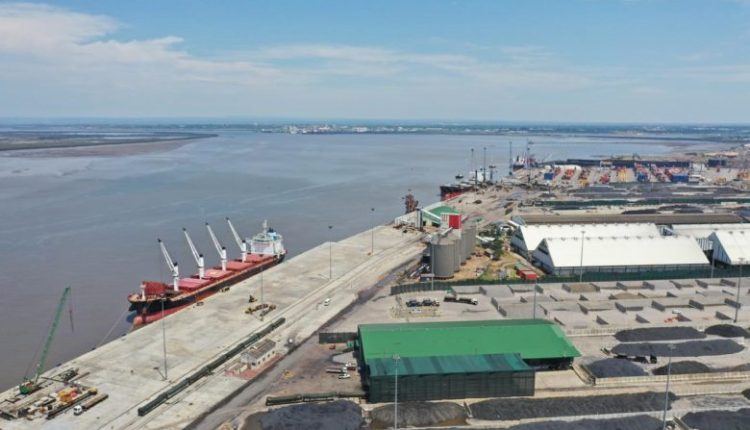Mozambique’s Maputo port, which has grown to be a major hub for the world’s exported chrome will see a $2 billion capacity expansion in a railway link upgrade, Bloomberg reported.
According to the African Development Bank (AfDB), the Development Bank of Southern Africa is considering providing an additional $30 million for improvements to the line that links the Port of Maputo with South Africa, in addition to the $40 million being paid for locomotives and wagons.
As per an interview with Cesar Mba Mbogo, the country manager of the AfDB, the funding will help shift millions of tonnes of minerals like chrome that are transported by truck to rail, lowering costs and reducing road traffic by as much as 40 per cent.
The decline in port and rail traffic in neighbouring South Africa due to corruption and theft has made exporters consider using Maputo instead. Because of this, miners of coal, iron ore, and chrome who depend on trucks to transport their goods to ports have resulted in border bottlenecks that can extend up to 35 kilometres (22 miles) in length as volume increases.
According to Minerals Council South Africa, a mining lobby group, freight costs by truck are approximately 40 per cent higher per tonne than by rail, and the group estimates that over half of South Africa’s chrome is transported through Maputo. The country’s joint venture, Merafe Resources Ltd., owned by Glencore Plc, estimates that 70 per cent of its exports are transported by road.
Moreover, Luke Nickels, a senior analyst at CRU in London, states that more than 60 per cent of the world’s supplies of chrome ore and roughly one-fifth of the world’s production of ferrochrome, a more processed form used to make stainless steel, come from South Africa.
This week, a group comprising Portos e Caminhos de Ferro de Moçambique, or CFM, and DP World Ltd. will sign an agreement with the government to extend the port concession until 2058. The concessionaires plan to invest over $2 billion to increase the port’s annual capacity from 37 million tonnes to 54 million tonnes.
Additionally, CFM is almost doubling the railway link’s capacity from Maputo to the border with South Africa. Mateus Magala, the minister of transport and communications for Mozambique, stated that between 60 per cent and 70 per cent of cargo should arrive by train.
“The figure should be opposite,” he said in an interview in Maputo. “We expect in the next three months to see some policy-driven model shifts.”
According to Osório Lucas, CEO of the Maputo Port Development Co., one major obstacle to moving minerals from trucks onto trains is that CFM’s activities stop at the South African border.
“South Africa will have to play ball,” he said in an interview.


